First Aid for Families – Why Parents Need to Be Prepared
As parents, we instinctively shield our children from harm’s way. But what happens when the unexpected occurs? A minor cut, a burn, a sudden bout of choking – these are but a few crises that may confront a child at any moment. At First Response Training International, we understand that the first response to such emergencies can spell the difference between swift recovery and prolonged harm. That’s why we staunchly advocate for first aid training for parents – a preparation that stands as a vital facet of responsible parenting.
Understanding the Gravity of First Aid Knowledge
When it comes to emergencies, knowledge is just as crucial as a timely reaction. Consider this: The American Academy of Pediatrics reports that the majority of accidents involving children happen within the home or in places familiar to them. These statistics aren’t meant to alarm but to inform parents of the reality that accidents do not discriminate by place or time. Consequently, having the dexterity to administer first aid can be both empowering and life-saving.
First aid training endows parents with more than the skills to act in a crisis; it provides a composure borne of knowing what to do when every second counts. For example, knowing how to perform abdominal thrusts could prevent a child from suffocating due to a choked airway. CPR (Cardiopulmonary Resuscitation) skills could be the bridge of life for a child who has stopped breathing. These are scenarios where parental intervention is not just helpful – it is critical.
Embracing a Proactive Approach to Safety
As advocates for safety and preparedness, First Response Training International promotes a proactive approach to accident prevention. First aid training for parents includes learning how to identify potential hazards, thereby reducing the risk of injury. It’s not merely about responding to accidents; it’s also about being equipped to prevent them. When parents are educated in first aid, they are more vigilant and can create safer environments for their children.
The Breadth of First Aid Training
First aid training covers a comprehensive range of topics that are particularly relevant to parents. This includes but is not limited to:
Recognizing and managing respiratory emergencies, such as asthma attacks or accidental poisoning.
Dealing with cardiac emergencies and learning how to properly execute CPR for infants, children, and adults.
Addressing wounds, controlling bleeding, and managing shock, which can be lifesaving in the event of an accident.
Treating burns and scalds, which are common household accidents, with the appropriate techniques to minimize damage and promote healing.
Handling temperature-related emergencies such as heatstroke and hypothermia, vital skills for outdoor activities.
Moreover, parents who are versed in first aid also tend to impart the importance of safety to their children, teaching them through example and direct education.
The Psychological Impact of First Aid Readiness
There’s a psychological comfort that comes with being prepared. Parents who have undergone first aid training tend to be more confident and less prone to panic in the face of emergencies. This psychological preparedness is contagious; children pick up on the calm demeanor of their parents, which can reduce their own stress levels in a crisis. A calm response from a parent can ensure that the child remains composed, which is crucial in emergencies where fear and anxiety can exacerbate the situation.
In the face of an emergency, a parent’s ability to remain tranquil and effective has profound implications. It encourages a sense of security and well-being in the child, knowing that their guardians can protect and care for them under any circumstances.
First Aid Training as a Community Staple
First aid training for parents extends benefits beyond the immediate family to the community at large. Parental readiness can make school trips, playdates, and community gatherings much safer. When more individuals in a community are trained, the safety net for children becomes larger and stronger.
First Response Training International not only aims to train individuals; we seek to foster a community-wide ethos of preparedness. We believe that when parents lead by example, they encourage others to follow suit, gradually building a community where children and families are safer.
The Lifelong Impact of First Aid Knowledge
First aid training is not a one-and-done affair; it is a lifelong commitment to learning and re-learning the essential skills that may save lives. First Response Training International’s certification programs are designed to be accessible, informative, and ongoing. We ensure that parents have access to the latest techniques and information, adhering to the evolving best practices in emergency response.
Why Choose First Response Training International?
At First Response Training International, we provide a comprehensive curriculum that’s tailored to the unique needs of parents. Our courses are crafted by experts, ensuring that every participant walks away with the knowledge and hands-on experience they need to handle common and severe emergencies.
Our certification process is meticulous, yet flexible, allowing parents to train at their own pace with online and in-person options. We support parents post-certification as well, offering resources to keep their skills sharp and their knowledge up-to-date.
Be the First Response Your Child Needs
The call to become trained in first aid and CPR is clear. It’s a call to be the first line of defense for your child’s well-being and to embody the resilience and readiness that mark the journey of responsible parenting. Join the ranks of proactive parents by getting certified with First Response Training International – because the greatest gift you can give your family is safety.
Conclusion
The world can be unpredictable, but our response to emergencies doesn’t have to be. As parents, the onus is on us to be prepared for any eventualities. First aid training equips us with more than the skills to save lives; it imbues us with the power to protect, teach, and inspire confidence in our children. So let’s make the commitment to be our children’s first response. With First Response Training International, take the first step towards a safer future for your family and community.
First Response Training International offers courses in First-aid, CPR, AED, Workplace Safety, and more. To learn more about our classes and curriculum visit our Training Programs page. If you are interested in becoming a First Response CPR/First-aid Instructor, visit our Becoming an Instructor page. Thank you for reading and sharing this blog.


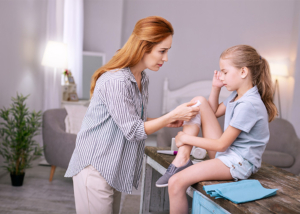

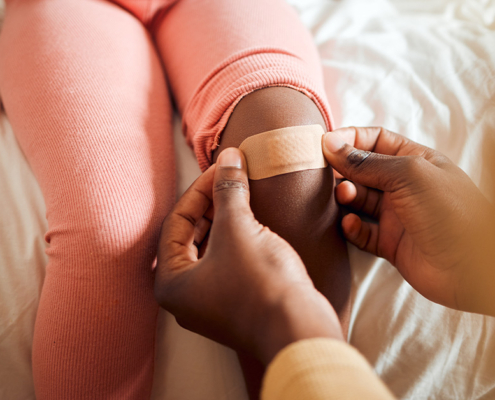

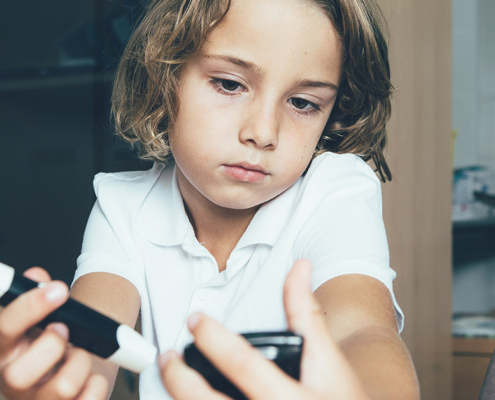
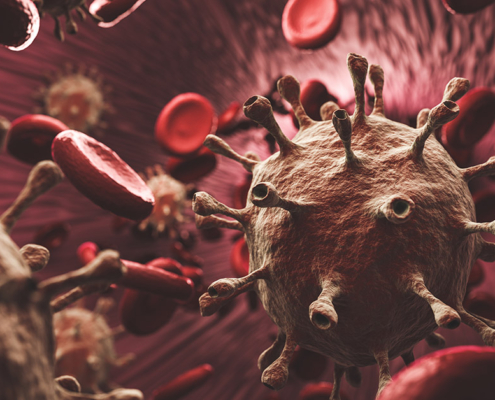



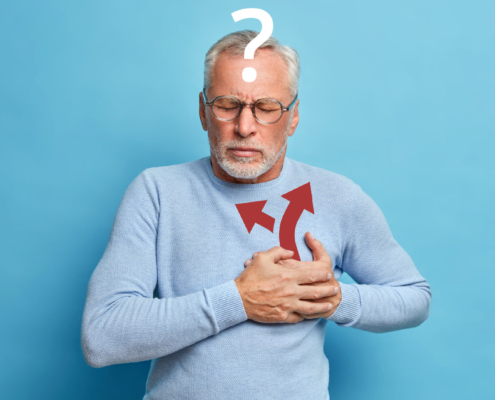
Skriv en kommentar
Vil du deltage i diskussionen ?Du er velkommen til at bidrage !